Found 28 movies, 4 TV shows, and 0 people
Can't find what you're looking for?

A woman dreams of getting out from under the thumb of men and turns the table on her husband.
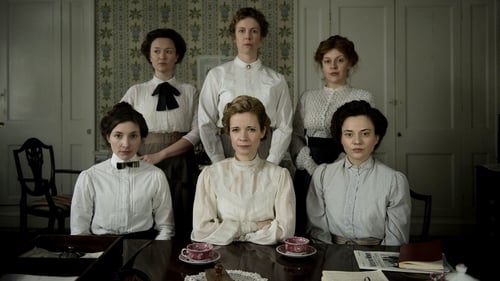
The story of the struggle for the women's vote is much more than just the account of the exploits of Emmeline Pankhurst or the tragic fate of Emily Davidson. Lucy Worsley puts herself at the heart of the drama, alongside a group of astonishing young working class suffragettes who decided to go against every rule and expectation that British Edwardian society (1901-1910) had about them…

At the opening of the film Pennsylvania Avenue is shown, nearly blocked by a motley mob of sightseers looking at the marching Suffragettes. The big banner demanding a Constitutional amendment guaranteeing equal rights to American women makes a pathway along which the Suffragettes are seen marching steadily and persistently, although still hemmed in by the mob.

A silent comedy farce.
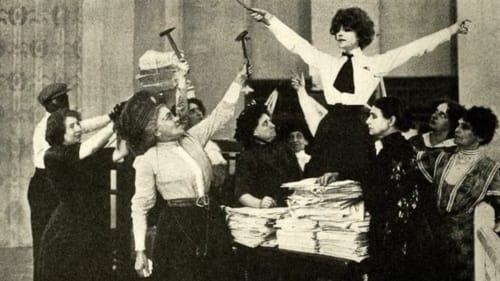
Nelly's mother is a suffragette and persuades her daughter to join the good cause. Placing a bomb under Lord William's chair love develops between the two.
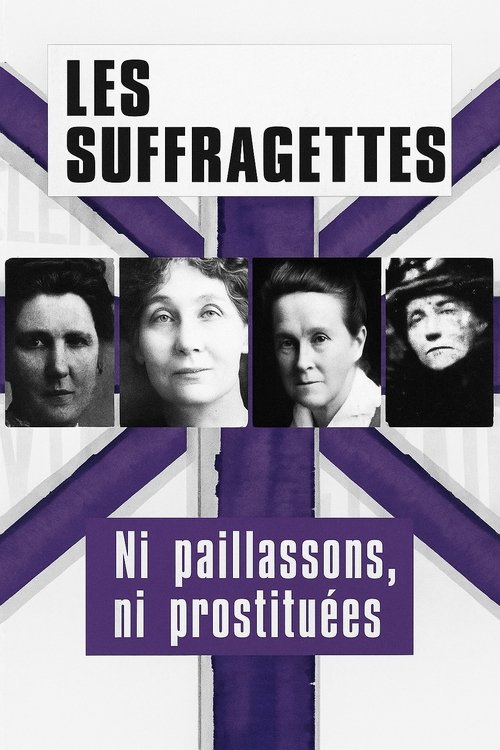
From the late nineteenth century to 1928, those who were nicknamed the "suffragettes" made the United Kingdom move from the census vote to universal suffrage, completely redefining the notion of citizenship. This documentary follows the struggle of five of these women, who have dedicated their lives to this fierce struggle, some advocating civil disobedience or lobbying MPs and Lords, the others choosing violent action, braving prison, and even death.

Caroline Spankhurst and her suffragette brigade conclude to stop at nothing, so in their dauntless enthusiasm they forget their babies peacefully reposing on the sidewalk. The babies fall into the hands of the traffic squad, ordered to keep clear streets. A small-sized riot is taking place, but every mother's a suffragette so why cry "Help?"
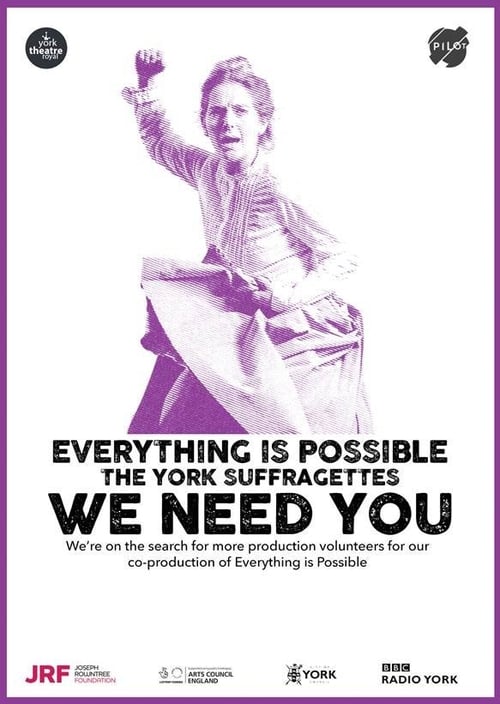
It is 1913. Women across the country, outraged by inequality and prejudice are beginning to rise up and demand change. In York, a revolution is about to take place as an ordinary Heworth housewife risks her life and her family to join the fight. And she's not alone. Across the city, women run safe-houses, organise meetings, smash windows and fire-bomb pillar boxes. It's dangerous, it's exhilarating, it's ground-breaking: and in 2017 the amazing story of York's suffragettes will be told for the first time. Everything is Possible is York Theatre Royal and Pilot Theatre's latest large-scale community production. The play was performed on a spectacular scale with a cast of around 150 and a choir of 80. The performance started outdoors before moving onto the stage at York Theatre Royal. We raised the purple, green and white flags and cried "Votes for Women!" to sold-out audiences.
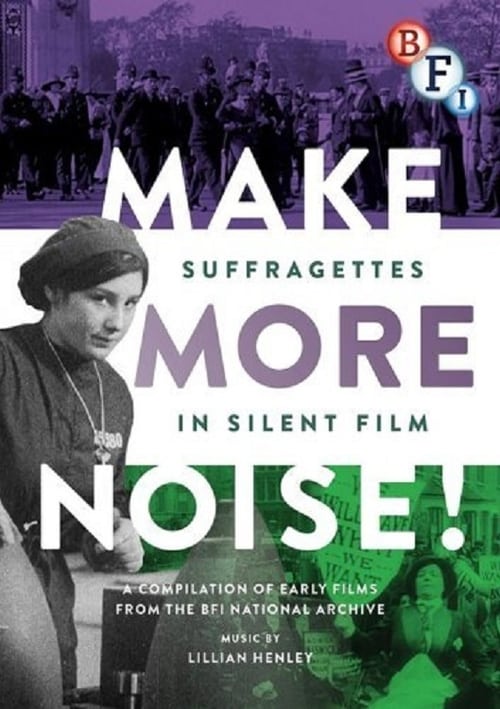
A compilation of British newsreels and films taken from the BFI National Archive; dating from 1913 to 1917, the footage charts the development of the suffragette movement and the campaign to obtain votes for women in the UK.

Lost film starring John Edwards and Mattie Edwards.

This two-shot newsreel fragment surveys the scene at a Votes for Women protest on Trafalgar Square in the summer of 1910, when suffragists of the National Union of Women's Suffrage Societies presented petitions signed by supportive menfolk of Britain's towns and cities. (Edward Anderson, Make More Noise! Suffragettes in Silent Film)
![Women suffragettes visit TR at Sagamore [1917]](/placeholder.png)
Film is the opening of the second New York State suffrage campaign on Sept. 8, 1917 at Sagamore Hill. The first campaign, beginning in 1913, was unsuccessful; the woman suffrage amendment was rejected by the voters in 1915. On Nov. 6, 1917, the suffrage amendment to the New York State Constitution was approved by the voters. The suffragists invited to Sagamore Hill were headed by Mrs. Norman deR. Whitehouse, State Chairman of the New York State Woman Suffrage Party. Sequence of TR talking to three women: the woman in the dark hat and coat is Mrs. Ogden Mills Reid; the woman dressed in furs next to TR is Mrs. Whitehouse; and the tall woman in the light hat and jacket is Mrs. James Lees Laidlaw.
![TR speaking to a group of suffragettes from the porch at Sagamore Hill [1917]](/placeholder.png)
TR addresses a group of men and women at the opening of the second New York State suffrage campaign on Sept. 8, 1917 at Sagamore Hill. Film includes a side view of TR and a frontal view shot from the rear of the crowd. A woman and a man appear on the porch behind TR; immediately in front of the porch, a man who may be a reporter, takes notes.
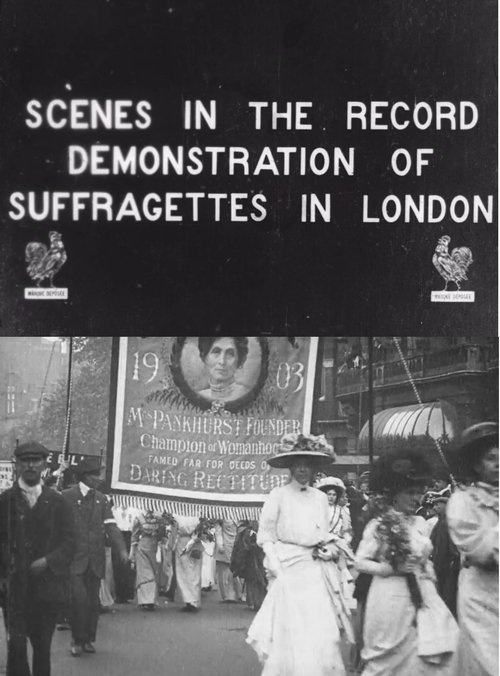
An early view of Emily Wilding Davison in the multitudes of women in a mass demonstration organised by the Women’s Social and Political Union on 18 June 1910
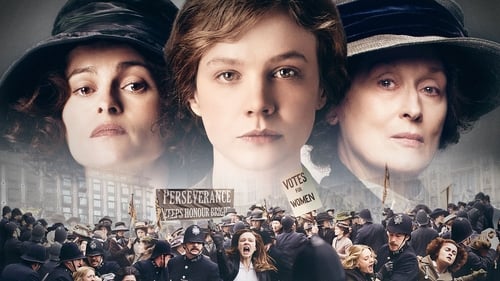
Based on true events about the foot soldiers of the early feminist movement, women who were forced underground to pursue a dangerous game of cat and mouse with an increasingly brutal State.
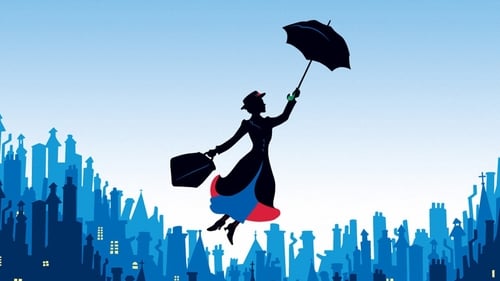
In turn of the century London, a magical nanny employs music and adventure to help two neglected children become closer to their father.
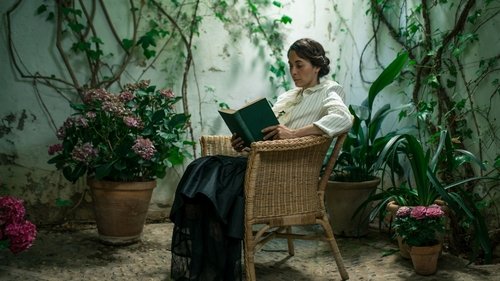
A fictionalised documentary that tells the story of María Lejárraga, writer and pioneer of feminism in Spain during the 1920s, whose work was produced under the name of her husband, the theatre impresario Gergorio Marinez Sierra. Lejárraga was the most prolific Spanish female playwright of all time. She is the author of works such as "Cancion de cuna", as well as a member of parliament for the Second Republic and founder of pioneering projects for women's rights and freedoms.
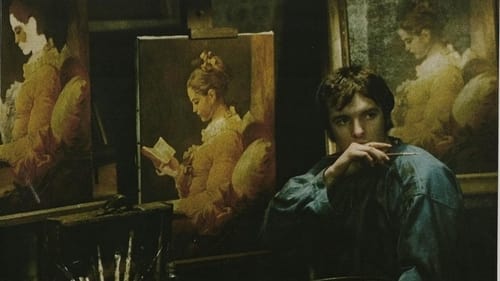
In the Paris of the 1910s, brash young sculptor Henri Gaudier begins a creative partnership with an older writer, Sophie Brzeska. Though the couple is 20 years apart in age, Gaudier finds that his untamed work is complemented by the older woman's cultural refinement. He then moves to London with Brzeska, where he falls in with a group of avant-garde artists. There, Gaudier encounters yet another artistic muse in passionate suffragette Gosh Boyle.
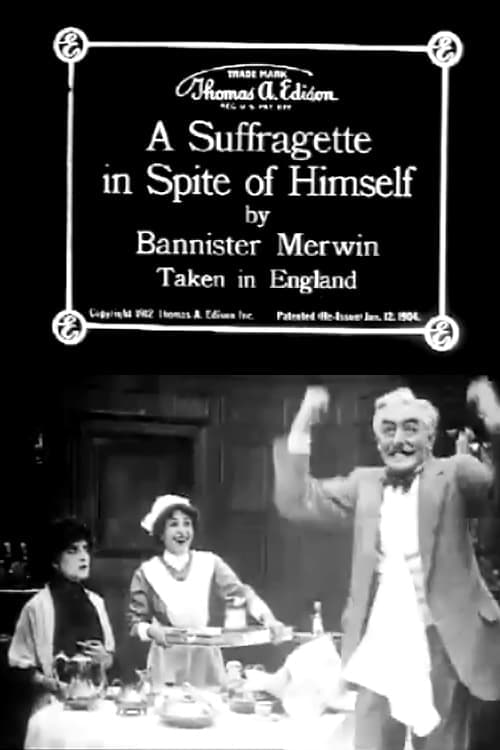
A gentleman who's opposed to and mocks women's suffrage goes for a walk and unknowingly becomes an advertisement for it.

The campaign for women's suffrage steps up as Emmeline Pankhurst is arrested at the gates of Buckingham Palace.
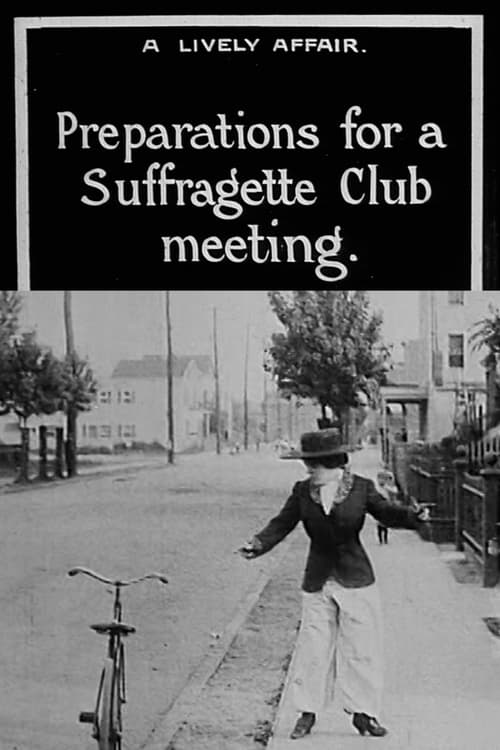
Women attending a suffragette club meeting wear pants, boss their husbands, neglect their kids, play poker, and fight. Their husbands stay home to care for the children and run the household.

Many demonstrations of the art of Jiu Jitsu are given, and as evidence that this is not a passing fad intended only for the amusement of the public there is illustrated in very thrilling manner how several footpads follow two girls and then in a deserted section of the road make an attack, which is successfully foiled and the perpetrators taken into custody. Splendid action and good photographic quality. (Gaumont catalogue)
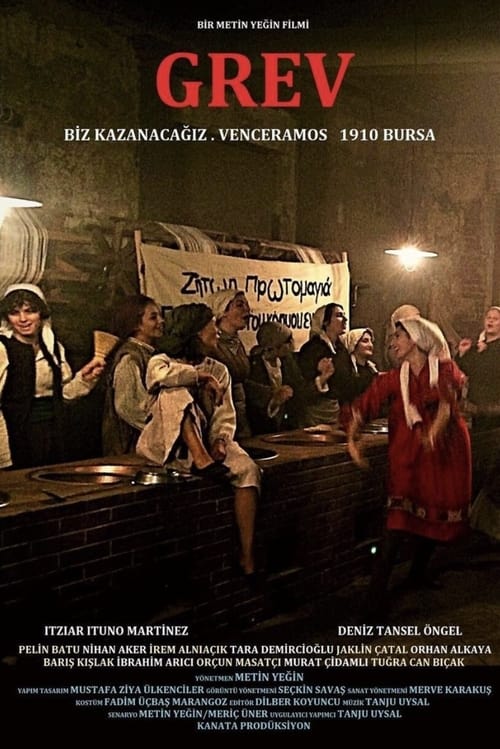
In 1910, women working in the silk industry in Bursa, protest against the working conditions. They go on strike.
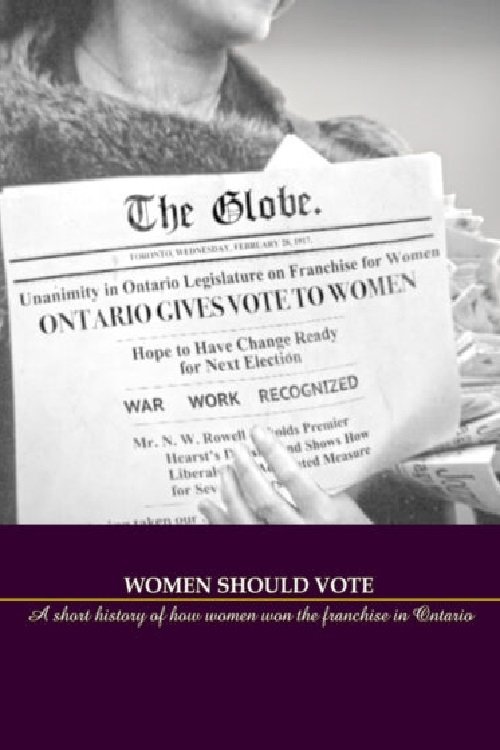
The documentary follows the activism of prominent suffragists such as Emily Stowe, as they struggled for an equal say in their own future. These women formed associations, petitioned the Ontario Legislature, wrote essays, and held satirical events to achieve their goals of equal rights for women. It is a celebration of the 100th anniversary of women’s suffrage in Ontario.
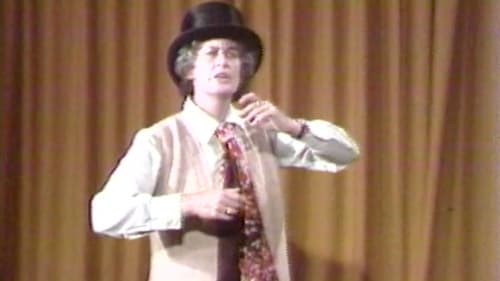
Moira Mulholland narrates the history of (European) women's rights through images, interviews, and performances focusing in on the Women's Suffrage Movement in Canada.

In post-World War I Winnipeg, a Ukrainian immigrant and a Jewish woman get caught up in a labour strike.
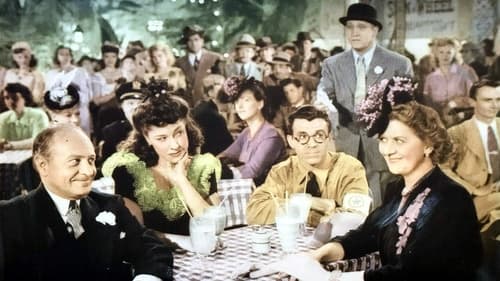
Young radio personality Judy Joyner becomes mayor of the moribund town, Sleepy Lagoon, after running on an all women ticket and promptly sets out to turn the town around.
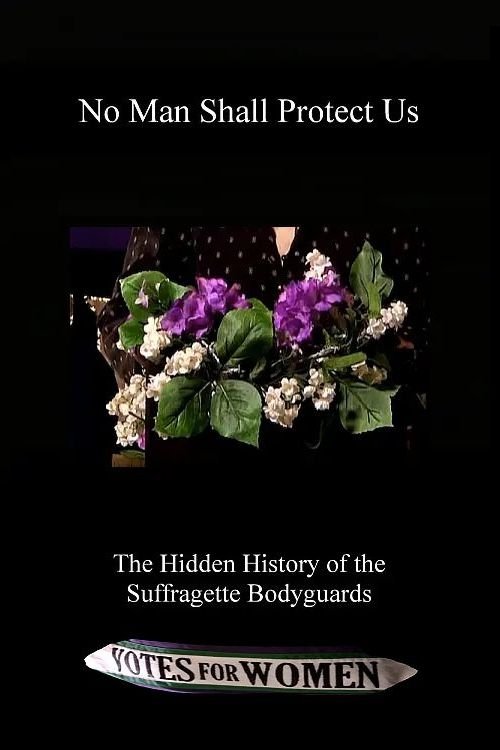
In 1913/14, the most radical women's rights activists in England formed a secret society to protect their sister suffragettes from assault and arrest. They trained in martial arts, carried concealed weapons and used ingenious evasion and deception tactics. These women were known as The Bodyguard, and this is their story.